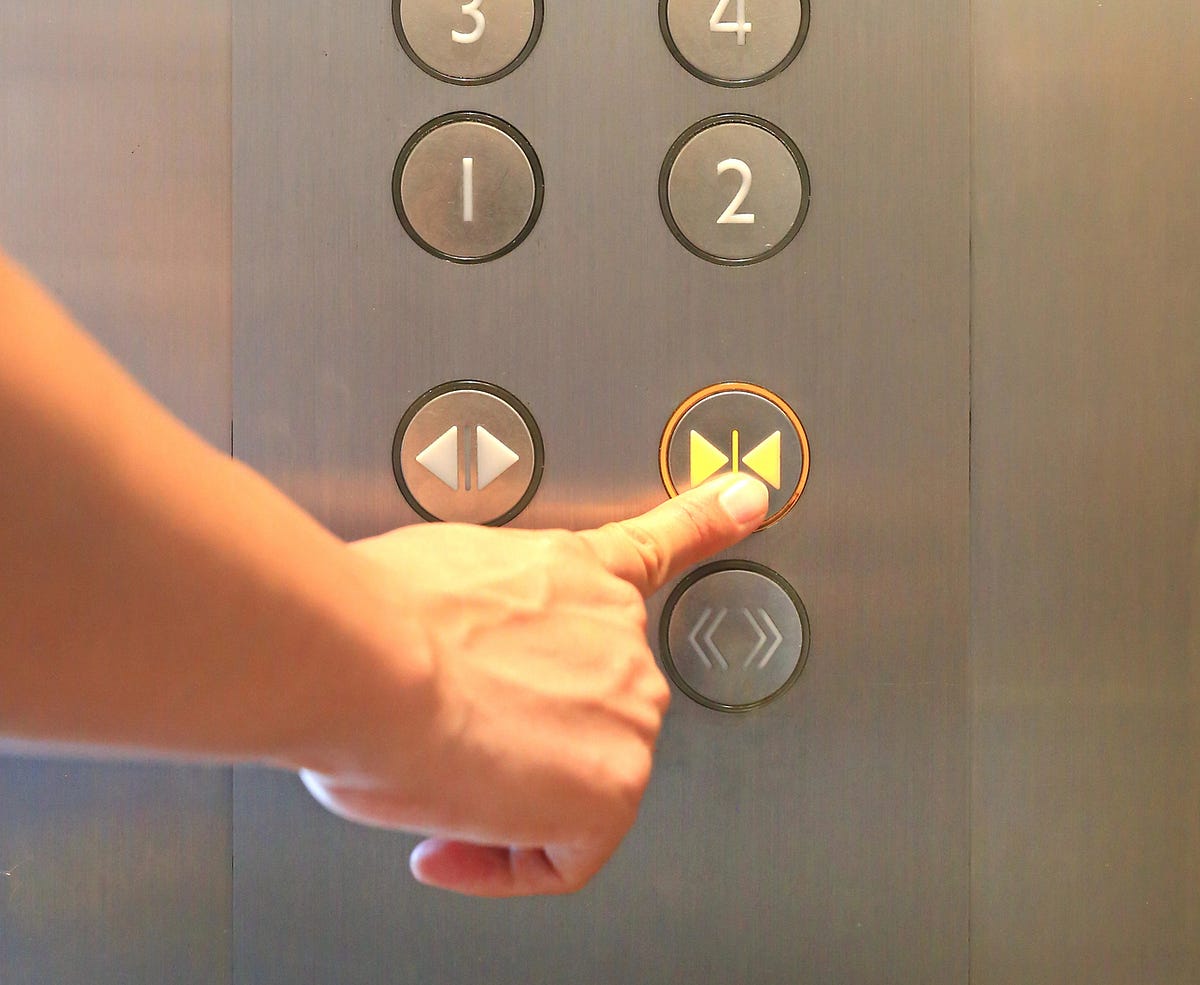Elevator 'Close Door' Buttons: Myth or Reality?
Core Concepts
Elevator 'close door' buttons are often ineffective and have been largely non-functional since the 1990s.
Abstract
This article discusses the common misconception that pressing the 'close door' button in an elevator can actually make the doors close faster. The author explains that this is largely a myth, as these buttons have been largely non-functional since the 1990s.
The article notes that elevators are designed to operate on a predetermined schedule to ensure efficient and safe operation. The 'close door' button was originally intended to allow users to close the doors in emergency situations, but this functionality has been removed in most modern elevator systems.
The author suggests that the button remains present in elevators primarily for psychological reasons, as users feel a sense of control when pressing it, even though it does not actually affect the door-closing process. The article concludes that while the 'close door' button may provide a placebo effect, it is largely ineffective in most modern elevator systems.
The Truth About ‘Close Door’ Elevator Buttons
Stats
None.
Quotes
None.
Key Insights Distilled From
by Daniel Ganni... at medium.com 06-21-2024
https://medium.com/knowledge-stew/the-truth-about-close-door-elevator-buttons-c87de2de411a
Deeper Inquiries
What are the potential safety and efficiency implications of having non-functional 'close door' buttons in elevators?
The presence of non-functional 'close door' buttons in elevators can have several implications on safety and efficiency. From a safety perspective, passengers may feel a false sense of control by pressing the button, thinking they are expediting the door-closing process. This can lead to risky behaviors such as attempting to enter or exit the elevator quickly, potentially causing accidents or injuries. Moreover, in emergency situations where quick evacuation is necessary, the belief that the 'close door' button works could delay the process, posing a safety risk.
In terms of efficiency, the non-functionality of the 'close door' button can impact the overall flow of elevator operations. Passengers may become frustrated or impatient when the doors do not close immediately after pressing the button, leading to increased stress and longer wait times. This can disrupt the smooth operation of the elevator system, especially during peak hours when time is of the essence.
How have elevator design and control systems evolved to address the limitations of the 'close door' button?
To address the limitations of the non-functional 'close door' button, elevator design and control systems have evolved significantly over the years. Modern elevators are equipped with sophisticated sensors and algorithms that automatically control the door-closing process based on various factors such as passenger movement, floor selection, and safety protocols. These advanced systems ensure smooth and efficient door operations without the need for manual intervention.
Furthermore, the integration of destination dispatch systems and predictive maintenance technologies has revolutionized elevator functionality. Destination dispatch systems optimize passenger traffic flow by grouping passengers with similar destinations, reducing wait times and improving overall efficiency. Predictive maintenance technologies use data analytics and IoT sensors to monitor elevator performance in real-time, allowing for proactive maintenance and minimizing downtime.
What other technological advancements or design changes could be implemented to improve the user experience and functionality of elevators?
Several technological advancements and design changes could further enhance the user experience and functionality of elevators. One potential innovation is the implementation of biometric authentication systems, allowing passengers to access specific floors or services based on their unique biometric data. This not only enhances security but also streamlines the elevator usage process.
Additionally, the integration of AI-powered virtual assistants within elevators can provide passengers with real-time information, personalized recommendations, and emergency assistance. These virtual assistants can enhance the overall user experience by offering a more interactive and intuitive interface for passengers.
Moreover, the adoption of energy-efficient technologies such as regenerative drives and destination control algorithms can reduce energy consumption and environmental impact. By optimizing elevator operations based on traffic patterns and energy usage, these technologies can contribute to sustainability efforts while improving the functionality of elevators.
0
